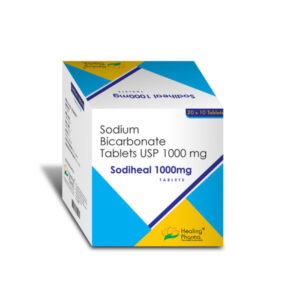Zantac Information
Ranitidine is used to treat ulcers; gastroesophageal reflux disease (GERD), a condition in which backward flow of acid from the stomach causes heartburn and injury of the food pipe (esophagus); and conditions where the stomach produces too much acid, such as Zollinger-Ellison syndrome. Over-the-counter ranitidine is used to prevent and treat symptoms of heartburn associated with acid indigestion and sour stomach. Ranitidine is in a class of medications called H2 blockers. It decreases the amount of acid made in the stomach.
Usage directions
Ranitidine comes as a tablet, an effervescent tablet, effervescent granules, and a syrup to take by mouth. It is usually taken once a day at bedtime or two to four times a day. Over-the-counter ranitidine comes as a tablet to take by mouth. It is usually taken once or twice a day. To prevent symptoms, it is taken 30 to 60 minutes before eating or drinking foods that cause heartburn. Follow the directions on your prescription or the package label carefully, and ask your doctor or pharmacist to explain any part you do not understand. Take ranitidine exactly as directed. Do not take more or less of it or take it more often than prescribed by your doctor.
Dissolve ranitidine effervescent tablets and granules in a full glass (6 to 8 ounces [180 to 240 milliliters]) of water before drinking.
Do not take over-the-counter ranitidine for longer than 2 weeks unless your doctor tells you to. If symptoms of heartburn, acid indigestion, or sour stomach last longer than 2 weeks, stop taking ranitidine and call your doctor.
Other uses
Ranitidine is also used sometimes to treat upper gastrointestinal bleeding and to prevent stress ulcers, stomach damage from use of nonsteroidal anti-inflammatory drugs (NSAIDs), and aspiration of stomach acid during anesthesia. Talk to your doctor about the risks of using this medication for your condition.
This medication may be prescribed for other uses; ask your doctor or pharmacist for more information.
Special precautions
Before taking ranitidine,
- tell your doctor and pharmacist if you are allergic to ranitidine or any other medications.
- tell your doctor and pharmacist what prescription and nonprescription medications, vitamins, nutritional supplements, and herbal products you are taking. Be sure to mention either of the following: anticoagulants (‘blood thinners’) such as warfarin (Coumadin); and triazolam (Halcion). Your doctor may need to change the doses of your medications or monitor you carefully for side effects.
- tell your doctor if you have or have ever had porphyria, phenylketonuria, or kidney or liver disease.
- tell your doctor if you are pregnant, plan to become pregnant, or are breast-feeding. If you become pregnant while taking ranitidine, call your doctor.
Food limitations and special diet when taking Ranitidine
Unless your doctor tells you otherwise, continue your normal diet.
Missed dose
Take the missed dose as soon as you remember it. However, if it is almost time for the next dose, skip the missed dose and continue your regular dosing schedule. Do not take a double dose to make up for a missed one.
Possible side effects
Ranitidine may cause side effects. Tell your doctor if any of these symptoms are severe or do not go away:
- headache
- constipation
- diarrhea
- nausea
- vomiting
- stomach pain
Ranitidine may cause other side effects. Call your doctor if you have any unusual problems while taking this medication.
Storage and disposal of Ranitidine
Keep this medication in the container it came in, tightly closed, and out of reach of children. Store it at room temperature and away from excess heat and moisture (not in the bathroom). Throw away any medication that is outdated or no longer needed. Talk to your pharmacist about the proper disposal of your medication.
Emergency/overdose
In case of overdose, call your local poison control center. If the victim has collapsed or is not breathing, call local emergency services.
Other important information
Keep all appointments with your doctor.
Before having any laboratory test, tell your doctor and the laboratory personnel that you are taking ranitidine.
Do not let anyone else take your medicine. Ask your pharmacist any questions you have about refilling your prescription.
It is important for you to keep a written list of all of the prescription and nonprescription (over-the-counter) medicines you are taking, as well as any products such as vitamins, minerals, or other dietary supplements. You should bring this list with you each time you visit a doctor or if you are admitted to a hospital. It is also important information to carry with you in case of emergencies.
Disclaimer
We provide only general information about Zantac which does not cover all possible drug integrations, directions or precautions. Information at our website cannot be used for self-treatment and self-diagnosis. Any specific instructions for a particular patient should be agreed with his health care adviser or doctor in charge of the case. We disclaim reliability of this information and mistakes it could contain. We are not responsible for any direct, indirect, special or other indirect damage as a result of any use of the information on this site and also for consequences of self-treatment.
–



